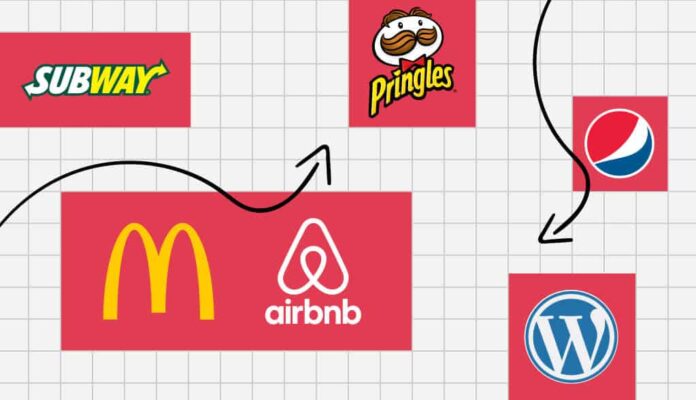For any brand, a logo has a vital impact in making areas of strength for a presence. Brands spend an immense sum on planning their logos. Their main objective is to make it interesting to the crowd and stand separated from the group.
Notwithstanding, a new peculiarity has left the world in a riddle. Many driving brands have been updating their logos the very same.
The event has been normal to the point that a Twitter client, David Perell, has volunteered to make sense of what precisely is going on. In his string, he discusses logos as well as how homogenization should be visible in books, craftsmanship, and design today.
A few brands have such an immense standing that we in a flash perceive the logo as well as the text style they use. In the meantime, a few logos are completely delightful and stick to us in light of how stylish they are. In any case, there’s a stressing pattern that some have spotted: organization logos are beginning to appear to be identical. Normalized. Homogeneous. Clear? Certainly. Be that as it may, dull and (seemingly) progressively heartless.
Essayist, digital recording host, and teacher David Perell made sense of what’s making image logos resemble the other the same in a viral Twitter string. Fortunately, things are way clearer now than previously. The awful news? This development towards similitude can be seen in different regions, as well. What’s more, that is a reason to worry.
There is a pattern in the logo plan that began around 2017-2018. Maybe many organizations concluded that being extraordinary was a debilitation and that it was smarter to be like every other person. Or possibly, that is the way it feels to me.
The pattern began with style logos. Numerous notable design organizations dumped their conspicuous logos and changed to a tasteless and fundamentally the same variant of a sans serif textual style. The innovation area trailed behind.
For the tech brands, they essentially have a variety to differentiate them – and many have a logomark as well as their wordmark yet seeing the logos in greyscale shows exactly the amount, they depend on that for their image character. Notwithstanding, on account of the style logos, they’re quite often utilized clearly, making them significantly more similar in their genuine applications. “It seemed as though two colossal businesses chose to utilize the administrations of one fashioner and not an especially creative one at that,” Sienkiewicz claims.
Yet, the prerequisites of little portable screens, the need to contact a worldwide crowd, and, indeed, style, imply that in most cases the change checks out. We fear to envision the first Apple logo delivered as a favicon. Much of the time, a brand will need a logomark as well as a logotype that all the more promptly separates them. Maybe the disentanglement of logos could try and expect brands to guarantee their marking is something other than their logo.
Follow and connect with us on Facebook, LinkedIn & Twitter

